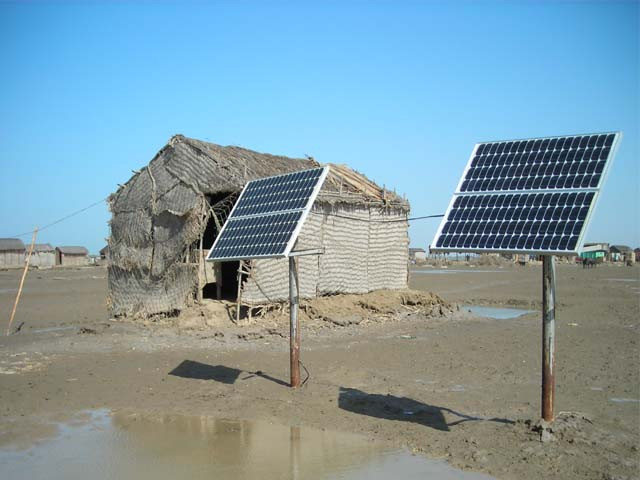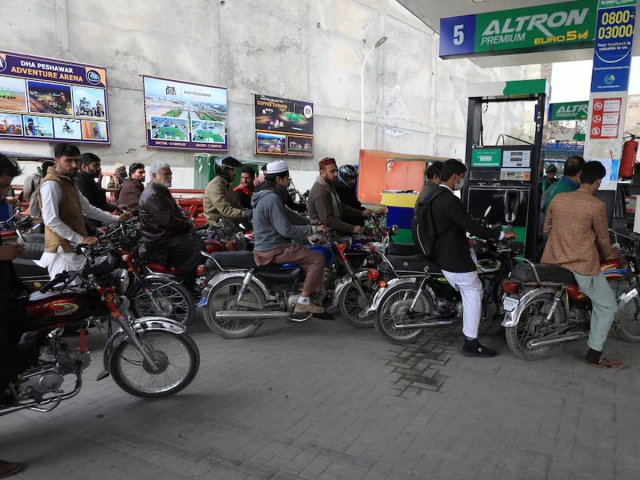Business
Govt moves to cut port delays, speed up clearance | The Express Tribune
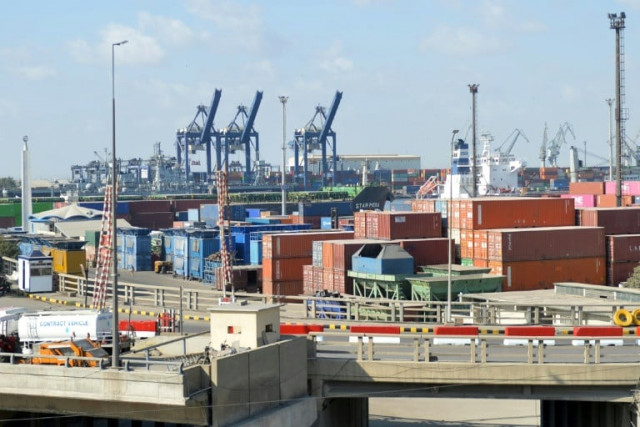
ISLAMABAD:
A high-level committee has finalised recommendations to cut container dwell time at Karachi Port and Port Qasim, aiming to improve cargo clearance and reduce congestion at Pakistan’s two key seaports.
According to an official statement, the proposals were presented on Tuesday to Federal Minister for Maritime Affairs Muhammad Junaid Anwar Chaudhry, who directed that the plan be sent to the Federal Board of Revenue (FBR) the same day. He asked FBR to prepare an implementation strategy within two weeks.
The meeting was joined by Acting Karachi Port Trust (KPT) Chairman Rear Admiral Ateequr Rehman and Port Qasim Authority’s (PQA) Director Operations Rear Admiral Muhammad Khalid via video link from Karachi. The committee, chaired by Umer Zafar Sheikh, Additional Secretary at the Ministry of Maritime Affairs, included representatives from KPT, PQA, Pakistan Customs, FBR, and terminal operators.
The minister said the reforms will align Pakistan’s ports with global benchmarks by ensuring faster clearances, smoother trade flows, and lower business costs. He also restructured the committee, giving it the mandate to act as an implementation body, coordinate with FBR, and monitor progress.
The plan addresses delays in goods declaration filing, adjudication, lab testing, transportation, and gate-out processes. Key steps include promoting pre-arrival filing, imposing fines for late submissions, and holding virtual hearings to speed up adjudication. Expanded lab facilities and rapid screening technologies have been recommended to reduce testing delays.
To ease congestion, the committee proposed quicker auctioning of overstayed cargo, expansion of grounding space, and more labour and customs examiners. It suggested round-the-clock customs assessments, examinations, lab work, and shipping services.
Transport improvements include extending bonded transit, simplifying tracker installation, adding escort staff, and lifting night restrictions on heavy vehicles. Infrastructure plans call for truck holding areas, rail freight corridors, and multi-modal transport to reduce road reliance.
The digitalisation push includes AI-based risk profiling of importers, an integrated stakeholder portal within WeBOC, e-auction facilities, and real-time links between terminals, traders, and transporters. The free period for containers under the green and yellow channels will also be reduced from five days to three, with penalties for non-compliance.
Business
OGRA Announces LPG Price Increase for December – SUCH TV

The Oil and Gas Regulatory Authority (OGRA) has approved a fresh increase in the price of liquefied petroleum gas (LPG), raising the cost for both domestic consumers and commercial users.
According to the notification issued, the LPG price has been increased by Rs7.39 per kilogram, setting the new rate at Rs209 per kg for December. As a result, the price of a domestic LPG cylinder has risen by Rs87.21, bringing the new price to Rs2,466.10.
In November, the price of LPG stood at Rs201 per kg, while the domestic cylinder was priced at Rs2,378.89.
The latest price hike is expected to put additional pressure on households already grappling with rising living costs nationwide.
Business
Taxable Value Of Goods Surges 15% In Sep-Oct As GST Cuts Boost Consumption
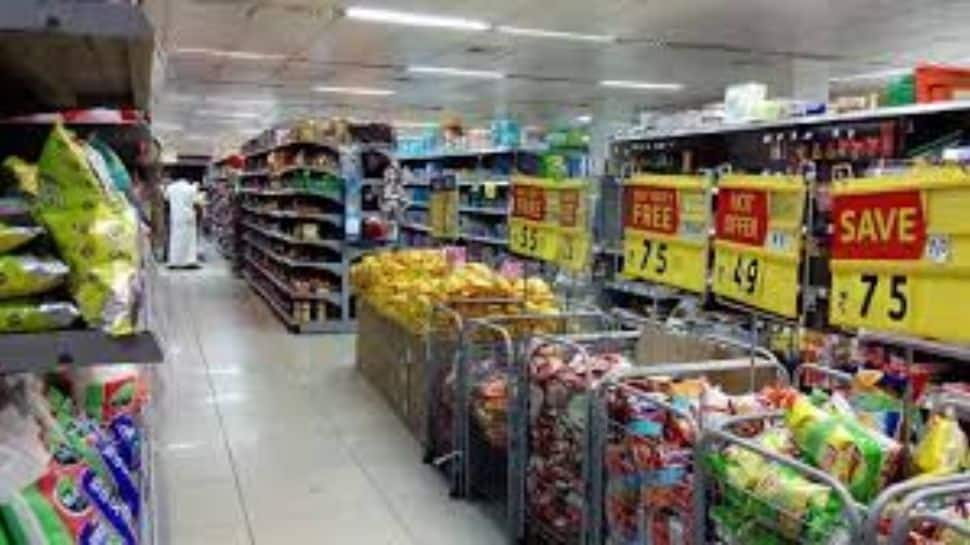
New Delhi: The taxable value of all supplies under GST surged by a robust 15 per cent during September-October this year, compared to the same period in 2024 due to sharp increase in consumption triggered by the tax rate cuts on goods across sectors that kicked in from September 22, according to official sources.
The growth in the same two-month period last year was 8.6 per cent. “This surge in taxable value during ‘Bachat Utsav’ demonstrates strong consumption uplift, stimulated by reduced rates and improved compliance behaviour,” a senior official said.
He pointed out that the growth has especially been strong in sectors where rate rationalisation was implemented, such as FMCG, pharma goods, food products, automobiles, medical devices and textiles. In these sectors, the taxable value of supplies has seen significantly higher growth, confirming that lower GST rates translated directly into higher consumer spending.
“It vindicates our strategy that reducing rates on essentials and mass-use sectors would create demand-side buoyancy — a Laffer Curve–type demand uplift,” he explained.These trends confirm that GST next-gen reforms have not disrupted revenue stability, and that consumption-side buoyancy has begun to translate into higher taxable value in key sectors.
This growth is in value terms which means that since GST rates were lower, the growth in volume terms will be even higher. It is clearly visible that while the Next Gen Reforms resulted in significant Bachat — increased consumption, industry has been very proactive in passing on the GST savings to the final consumers and ensuring that there is no supply side deficiency.
As GDP private consumption data will be released much later, GST taxable value serves as the most reliable real-time proxy for consumption, and the current numbers clearly indicate sustained demand expansion, the official added.
Business
Private sector data: Over 2 lakh private companies closed in 5 years; govt flags monitoring for suspicious cases – The Times of India

NEW DELHI: The government on Monday said that over the past five years, more than two lakh private companies have been closed in India.According to data provided by Minister of State for Corporate Affairs Harsh Malhotra in a written reply to the Lok Sabha, a total of 2,04,268 private companies were shut down between 2020-21 and 2024-25 due to amalgamation, conversion, dissolution or being struck off from official records under the Companies Act, 2013.Regarding the rehabilitation of employees from these closed companies, the minister said there is currently no proposal before the government, as reported by PTI. In the same period, 1,85,350 companies were officially removed from government records, including 8,648 entities struck off till July 16 this fiscal year. Companies can be removed from records if they are inactive for long periods or voluntarily after fulfilling regulatory requirements.On queries about shell companies and their potential use in money laundering, Malhotra highlighted that the term “shell company” is not defined under the Companies Act, 2013. However, he added that whenever suspicious instances are reported, they are shared with other government agencies such as the Enforcement Directorate and the Income Tax Department for monitoring.A major push to remove inactive companies took place in 2022-23, when 82,125 companies were struck off during a strike-off drive by the corporate affairs ministry.The minister also highlighted the government’s broader policy to simplify and rationalize the tax system. “It is the stated policy of the government to gradually phase out exemptions and deductions while rationalising tax rates to create a simple, transparent, and equitable tax regime,” he said. He added that several reforms have been undertaken to promote investment and ease of doing business, including substantial reductions in corporate tax rates for existing and new domestic companies.
-

 Sports1 week ago
Sports1 week agoWATCH: Ronaldo scores spectacular bicycle kick
-

 Entertainment1 week ago
Entertainment1 week agoWelcome to Derry’ episode 5 delivers shocking twist
-

 Politics1 week ago
Politics1 week agoWashington and Kyiv Stress Any Peace Deal Must Fully Respect Ukraine’s Sovereignty
-

 Business1 week ago
Business1 week agoKey economic data and trends that will shape Rachel Reeves’ Budget
-

 Politics1 week ago
Politics1 week ago53,000 Sikhs vote in Ottawa Khalistan Referendum amid Carney-Modi trade talks scrutiny
-

 Tech6 days ago
Tech6 days agoWake Up—the Best Black Friday Mattress Sales Are Here
-

 Fashion1 week ago
Fashion1 week agoCanada’s Lululemon unveils team Canada kit for Milano Cortina 2026
-

 Tech1 day ago
Tech1 day agoGet Your Steps In From Your Home Office With This Walking Pad—On Sale This Week


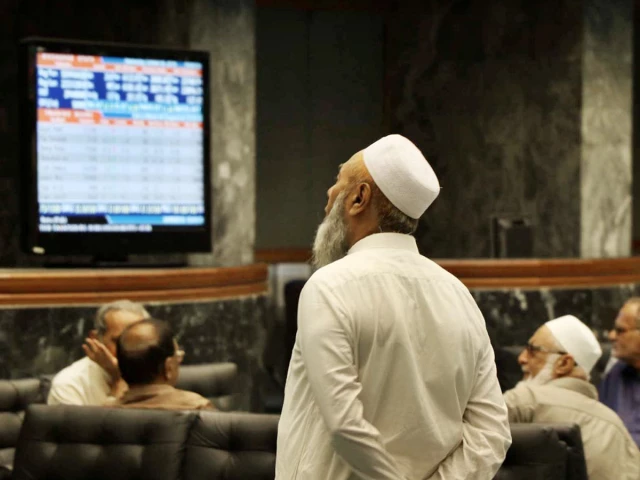
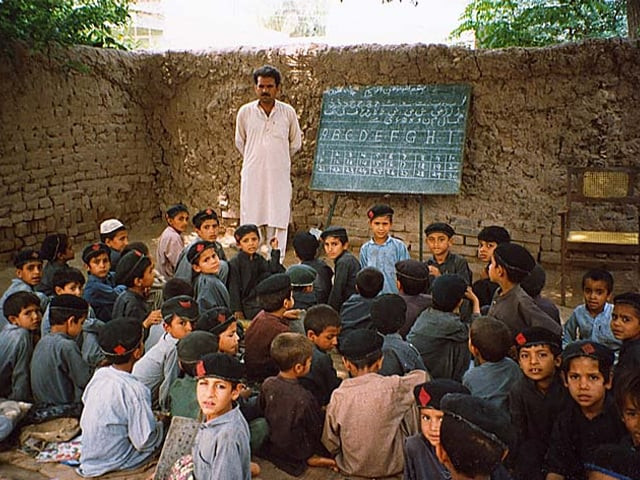
1729471601-0/image-(8)1729471601-0-640x480.webp)
